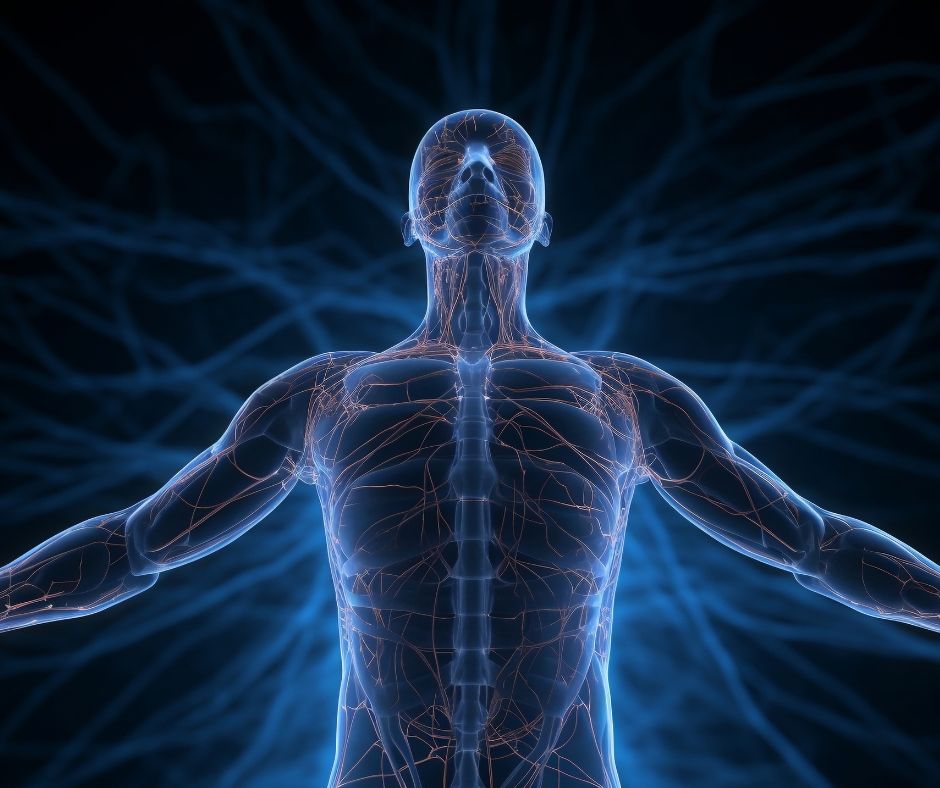Andrew Taylor Still, born on August 6, 1828, in Lee County, Virginia, is renowned as the founding father of osteopathy, a distinctive and holistic approach to healthcare that has had a profound impact on modern medicine.
Still’s innovative ideas and dedication to understanding the human body led to the development of osteopathy, a field that emphasizes the body’s self-healing capabilities and the importance of treating the root causes of illness.
Here, we will delve into the life and contributions of Andrew Taylor Still, exploring how and why he developed osteopathy and examining some intriguing aspects of his life and legacy.
Early Life and Education
Andrew Taylor Still was born into a family of physicians, and his father, Abraham Still, was a skilled medical practitioner. This early exposure to medicine undoubtedly influenced his path.
However, Still’s journey into the world of healthcare was marked by significant personal tragedies. In the mid-1800s, a devastating cholera outbreak claimed the lives of three of his children and later, his wife, Mary.
These heart-wrenching losses spurred him to seek a deeper understanding of health and medicine.
Still’s early education was rudimentary, but he possessed a keen mind and a thirst for knowledge. His formal medical education began in 1849 when he studied under his father and later apprenticed with other physicians.
His education continued as he served as a hospital steward in the American Civil War, where he gained invaluable experience treating wounded soldiers. These experiences honed his medical skills and laid the foundation for his groundbreaking contributions to healthcare.
The Development of Osteopathy
It was during the 1870s that Still started to develop his unique ideas about health and medicine. He grew dissatisfied with the medical practices of his time, which often relied heavily on treatments like bloodletting, purging, and the use of toxic substances.
Still believed that the key to effective healthcare lay in understanding the body’s inherent ability to heal itself and the importance of the musculoskeletal system in maintaining health.
In 1874, Andrew Taylor Still formally introduced osteopathy as a distinct medical discipline. He coined the term “osteopathy” from two Greek words: “osteon,” meaning bone, and “pathos,” meaning suffering or disease.
Still’s central thesis was that misalignments or restrictions in the musculoskeletal system could disrupt the body’s natural healing processes and lead to disease. He developed a system of manual therapies and manipulations to correct these issues, allowing the body to return to a state of health.
Key Principles of Osteopathy
Still’s osteopathic principles emphasized several key ideas:
1. The body is a unit:
He viewed the body as a unified whole, where all parts are interconnected and influence one another. Physical, emotional, and spiritual aspects must be considered in healthcare.
2. The body has self-healing mechanisms:
Still believed that the body has innate healing abilities and that the role of the physician is to facilitate and enhance these natural processes.
3. Structure and function are interrelated:
He posited that proper alignment and function of the musculoskeletal system are essential for optimal health.
4. The importance of treating the cause:
Osteopathy focuses on identifying and addressing the root causes of health issues rather than merely alleviating symptoms.
Legacy and Impact
Andrew Taylor Still’s innovative ideas and dedication to osteopathy sparked a medical revolution. He opened the first osteopathic school in 1892, the American School of Osteopathy (now A.T. Still University) in Kirksville, Missouri.
This institution served as the cornerstone of osteopathic education and helped establish osteopathy as a legitimate and respected medical profession.
Today, osteopathy is practiced worldwide, with osteopaths (DOs) providing comprehensive and patient-centered care.
Final Thoughts
Andrew Taylor Still’s life and work as the founder of osteopathy have left an indelible mark on the field of healthcare. His commitment to understanding the body’s inherent ability to heal and his innovative approach to medicine continue to influence modern healthcare practices.
Still’s legacy endures through the thousands of osteopathic physicians who carry forward his principles, emphasizing the importance of treating the whole person and addressing the root causes of illness in the pursuit of optimal health.
